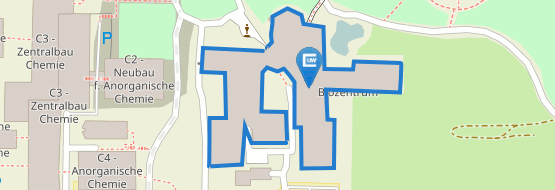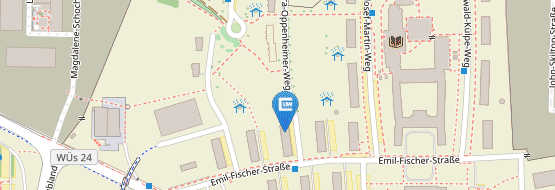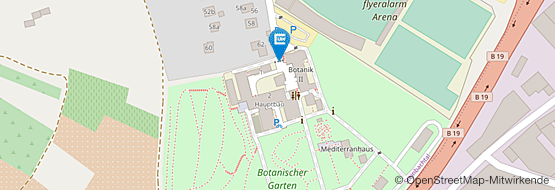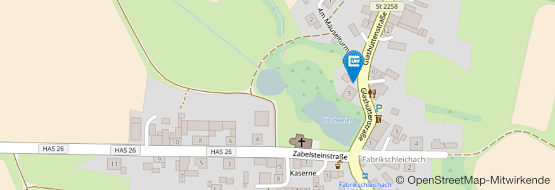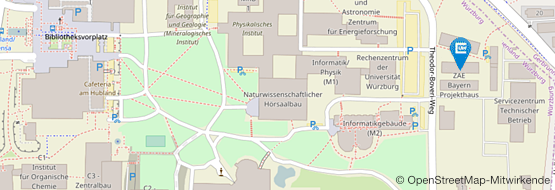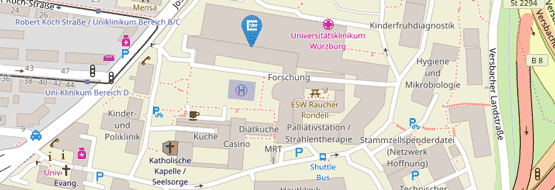Amphibian community composition changes


In the 90th of last century (1991-1998) we (Marko Spieler and Mark-Oliver Rödel) intensively investigated the anuran fauna of the Comoé National Park. Our main interests were adaptations of particular species to the very special environmental conditions of this savanna habitat (M. Spieler), as well as the composition of the anuran fauna across different habitat types (M.-O. Rödel). For the latter approach it was particularly useful to quantitatively investigate the tadpole assemblages in a large number of differently sized temporary savanna and gallery forest ponds.
Through communications with K.E. Linsenmair and S. Porembski, we got aware that the large fauna dramatically declined during the period of political unrest in Ivory Coast. Most likely as a consequence of the decline of large mammals, vegetation cover seemed to have changed as well. Based on this information we aimed to investigate if frogs may have been indirectly affected by the decline of large herbivores, namely by changing habitat features of their breeding ponds. In the rainy season of 2014 we had the opportunity to reinvestigate, with an identical methodology as before, a large number of ponds where we collected data more than 16 years ago.
Our preliminary results indicate that a) the range of pond habitat features changed a lot (mostly vegetation free areas on the banks almost completely disappeared) and b) tadpole assemblages differed significantly from those in the 1990ths. In particular species which need or prefer vegetation free breeding sites were rarer or absent, whereas species with a preference of heavily vegetated ponds seem to have profited from the new situation.
Further field work is planned to test of these preliminary observation may hold true and what consequences this may have for the particular ecosystems of temporary savanna waters.
For further information please contact:
PD Dr. Mark-Oliver Rödel
Museum für Naturkunde, Berlin
Leibniz Institute for Evolution and Biodiversity Science
Invalidenstr. 43
10115 Berlin
Germany
Tel.: +49 (0)30 2093 8571
Email: mo.roedel@mfn-berlin.de





